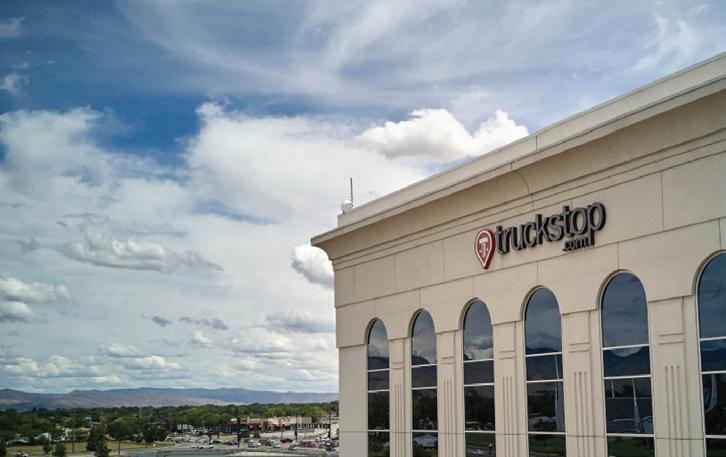BY HEATHER HAMILTON-POST
“What girl isn’t a horse girl? I don’t know any,” laughs Andrea Maki, who is a visual artist and photographer, as well as the founder of Wild Love Preserve. “I have always used my work as a tool to help spread awareness for different causes. In 1999, I had this exhibition that featured wild horses in eastern Washington. In 2005, I was looking to do a follow up body of work, and things were shifting, at that time, with regard to wild horses and their protections. And I found myself putting my artwork aside and doing what I could in the ways that I know how to help spread awareness and garner support for the issues,” she explains.
THE CHALLIS HERD is made of
multiple families, between 175 to 250 horses in all, and truly something to behold--a mix of cavalry horses, Indian ponies, and draft horses turned out. Photo by Elissa Kline
26
Like Maki, Elissa Kline is a photographer, though she thinks of herself as something of a reluctant advocate. Initially drawn to the wild horses that roam the 168,700 acres managed by the Bureau of Land Management because, after witnessing a roundup, a friend encouraged her to photograph them, Kline resisted, in part because she knew it would break her heart. She was right--but instead of looking away, Kline felt compelled to act after spending time with the wild horses on the range. The Challis Herd is made of multiple families, between 175 to 250 horses in all, and truly something to behold--a mix of cavalry horses, Indian
www.idahomemagazine.com
ponies, and draft horses turned out. It is easy to see the draw for all kinds of artists, but taking on the national wild horse issuesfelt too big for Kline, who focused her efforts on the Challis Herd. “So I thought ‘I can document their lives as they are now, because I know that’s going to change for them. So from 2004 to 2009, I would go out to document the horses. And it was wonderful for me, but there was this feeling of like, when’s it gonna happen?” Kline says. When the roundup, which utilized helicopters, happened, Kline was traumatized. “I knew these horses--knew who belonged together and who just had a new baby. I knew that old stallion who ran 11 miles when it was 101 degrees. It was devastating, and I’m sure I had PTSD for a year,” she says. But Kline knew she could take pictures. “I used to say to the horses, ‘I’m not going to hurt you. I just want to show people how beautiful you are, and maybe I can help you stay here.’ I did not think I could save the horses, but I was giving a talk at the Ketchum library, maybe a month after the roundup, and a woman came up to me and asked what she could do to help,” she says. Working together, they ultimately adopted what turned out to be 31 horses who lived on Idaho pasture for three years, eventually relocating to a sanctuary on thousands of acres in central California. Growing up, Kline wanted horses, but her family couldn’t afford them. “So now, the big joke is that my family never had money for a horse when I was a little girl, but I ended up with horses to raise money for,” she laughs. And as Kline’s horses moved to California, Maki transitioned her work to Idaho (she lives in Washington), where she set out to problem solve for the horses she’d grown to love in 2010 while she rested in Ketchum following her mother’s hospitalization and her dog’s surgery. “I found out what was going on, and I thought, OK, this is what I do. I manage projects and find solutions. I thought it would take a month












